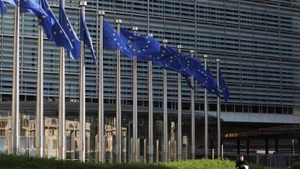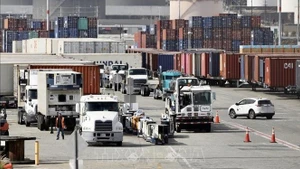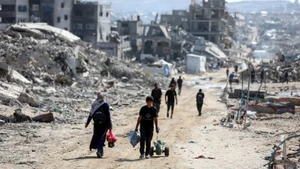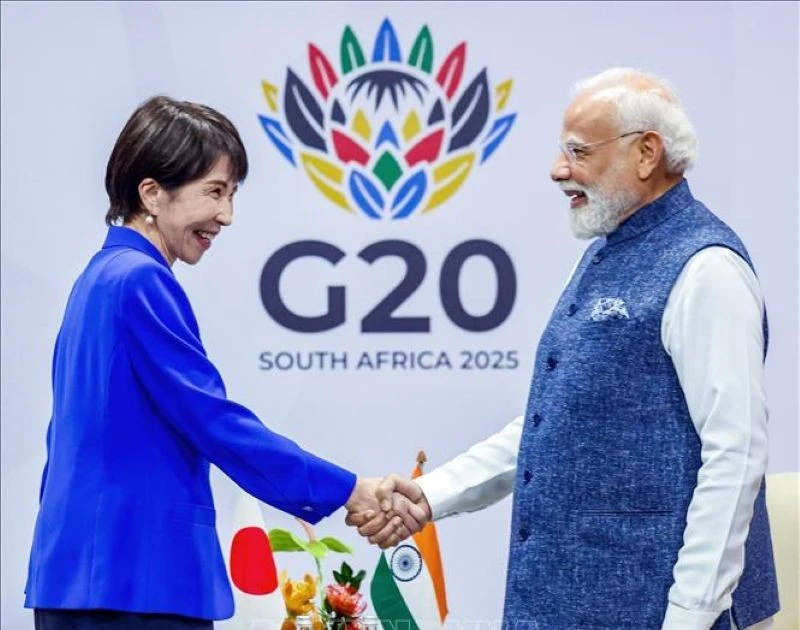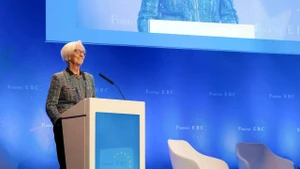Violence targeting oil and gas infrastructure, along with threats to block the Strait of Hormuz – the world’s key oil shipping route – has driven oil prices sharply higher, bringing forward the risk of an energy crisis.
Immediately after Israel launched a series of attacks on Iran’s nuclear and oil facilities, the price of Brent crude rose by more than 7%, reaching 74.23 USD per barrel. Meanwhile, the US benchmark WTI oil hit 72.98 USD per barrel – its highest level in four months.
The escalating geopolitical tension between Israel and Iran since June 13 has sparked serious investor concerns about supply disruptions, particularly as Iran is a major global oil producer and exports primarily through Kharg Island – now under threat of attack.
Energy consultancy Ritterbusch and Associates commented: “The oil market is in a state of waiting, as the Israel–Iran conflict remains highly uncertain. Brent crude prices could surge to 83 USD per barrel or plunge to 68 USD per barrel.”
Fears of a potential closure of the Strait of Hormuz are also mounting. If the strait were blocked, it would disrupt global supply chains, as 20% of the world’s crude oil passes through this narrow channel linking the Persian Gulf with the Arabian Sea. The International Maritime Organization (IMO) has promptly urged shipping companies to assess the security situation before deciding to transit the Strait.
Speaking at the IMO’s annual safety meeting on June 18, IMO Secretary-General Arsenio Dominguez stressed that resolving the conflict is beyond the IMO’s mandate, but the organisation will act if maritime transport is adversely affected.
Experts at ING Bank warned that if shipping through the Strait of Hormuz is disrupted, oil prices could soar to 120 USD per barrel. Iran is currently the third-largest oil producer within the Organisation of the Petroleum Exporting Countries (OPEC), with an estimated output of around 3.3 million barrels per day.
Also at the IMO meeting on June 18, many expressed concern that Israel’s attacks on a refinery and gas field on the Asaluyeh coast could directly threaten international maritime security and the global energy supply chain, making the risk of escalation at sea increasingly urgent. Experts believe that if tensions escalate further and Iran carries out its threat to block the Strait of Hormuz, it could affect oil prices and the entire energy supply chain.
The consequence could be a resurgence of global inflation. Major central banks such as the US Federal Reserve (FED) and the European Central Bank (ECB) may be forced to delay interest rate cuts due to energy costs pressure, potentially slowing global economic recovery. Meanwhile, many Asian economies including India, Pakistan, Indonesia and Bangladesh rely heavily on oil imports from the Middle East transported via the Strait of Hormuz.
Although China has more diversified supply sources, it would still be affected by higher transportation and insurance costs if the Gulf region becomes a military flashpoint. In Australia – a country that does not directly import oil from Iran – domestic fuel prices are also expected to rise in the coming weeks due to the impact of international price indexes. In such a scenario, transport, agriculture, aviation, and construction costs would all increase, adding pressure on inflation.
Without timely diplomatic efforts to de-escalate tensions, the current crisis in the Middle East and Gulf region could push the global economy into a new period of instability – at a time when many countries are still struggling to recover from the pandemic and other previous trade shocks.




